Optimal Timing for Foundation Repairs
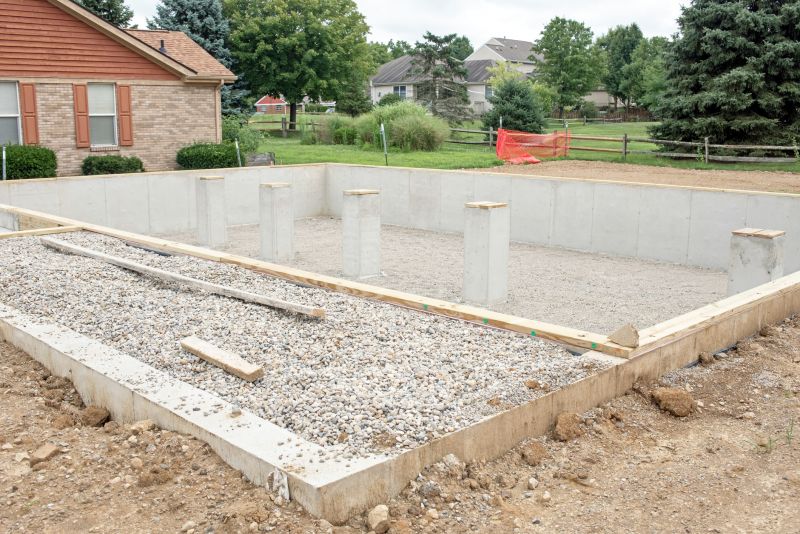
Spring offers favorable conditions for foundation repairs due to moderate temperatures and soil conditions.

Summer provides extended daylight hours, allowing for flexible scheduling of repair projects.
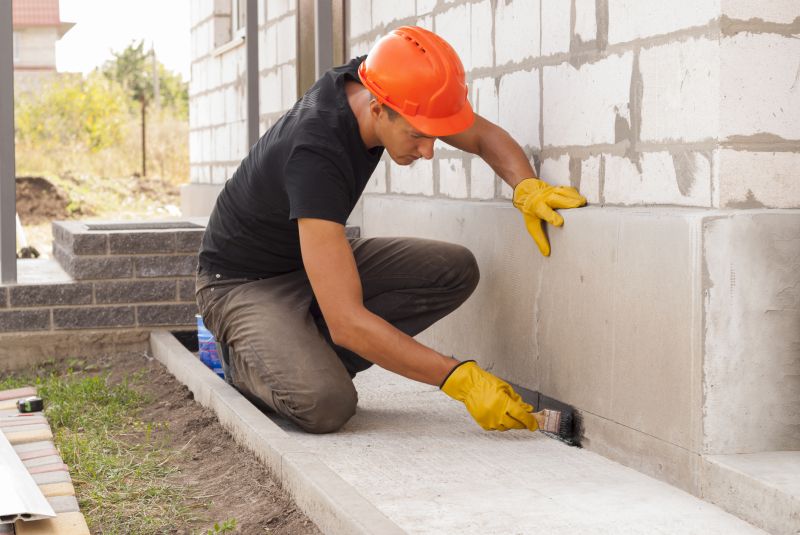
Fall's cooler weather and stable soil conditions make it an ideal time for foundation work.
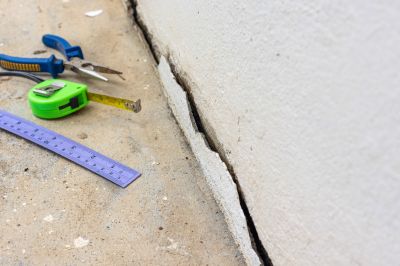
Ways to make Foundation Repairs work in tight or awkward layouts.
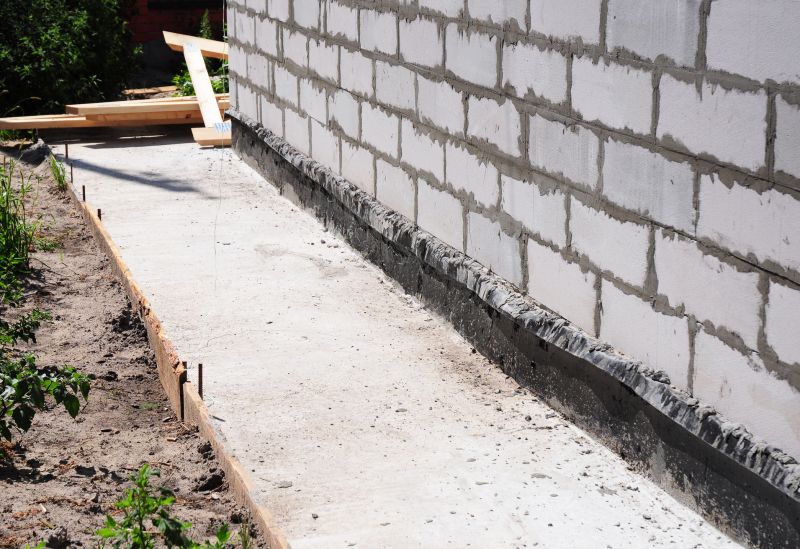
Popular materials for Foundation Repairs and why they hold up over time.

Simple add-ons that improve Foundation Repairs without blowing the budget.
Foundation repairs are essential for maintaining the structural integrity of a building. The timing of repairs can influence the effectiveness and longevity of the work. Optimal conditions typically include stable soil moisture levels, moderate temperatures, and minimal weather disruptions. Repairing foundations during suitable seasons can reduce complications such as soil expansion or contraction, which can worsen existing issues.
Statistics indicate that over 25% of homes in regions with clay soil experience foundation issues due to soil movement. Addressing foundation problems promptly can prevent costly repairs later. The best time for repairs often coincides with periods of predictable weather, avoiding extreme cold or heat, which can hinder repair processes and impact materials.
Soil moisture levels significantly impact foundation stability. Repairs during dry or stable soil periods are preferable.
Extreme weather can delay repairs or compromise materials. Mild weather seasons are ideal for foundation work.
Longer daylight hours in summer and fall provide more scheduling options for repairs.
Certain repair materials perform better within specific temperature ranges, influencing timing decisions.

A typical foundation repair process underway.

Workers applying soil stabilization techniques.
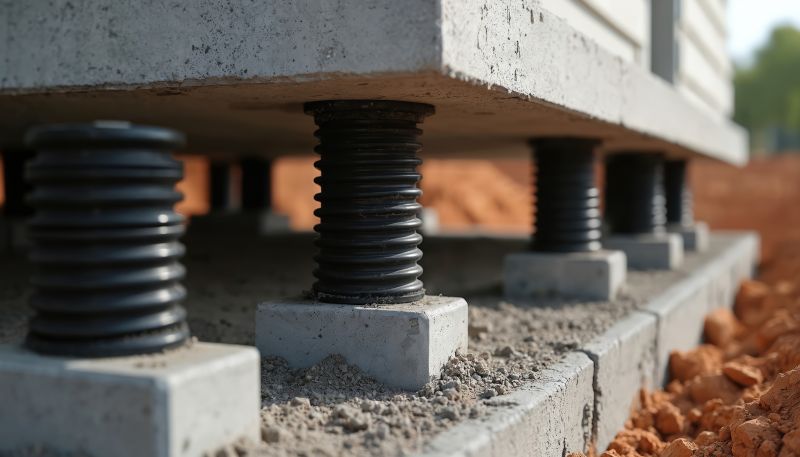
Installation of piers to lift and stabilize the foundation.
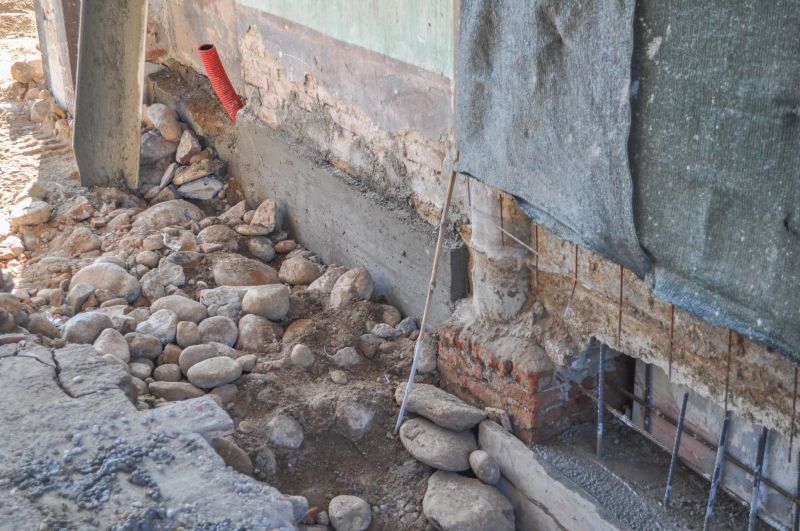
Reinforcing concrete for long-term stability.
| Season | Ideal Conditions |
|---|---|
| Spring | Moderate temperatures, soil moisture balanced |
| Summer | Extended daylight, warm weather |
| Fall | Cooler temperatures, soil stabilization |
| Winter | Not recommended due to cold and frozen soil |
Timely foundation repairs help prevent further structural damage and preserve property value. Understanding seasonal influences allows property owners to plan repairs during the most suitable periods. Properly timed interventions can also minimize repair costs and reduce downtime.
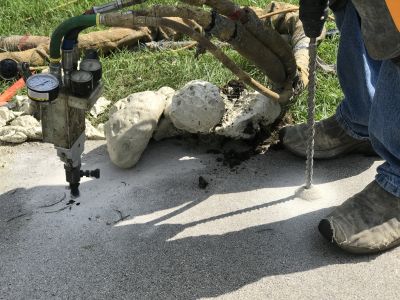
Specialized tools used for foundation stabilization.

Assessing soil conditions before repairs.
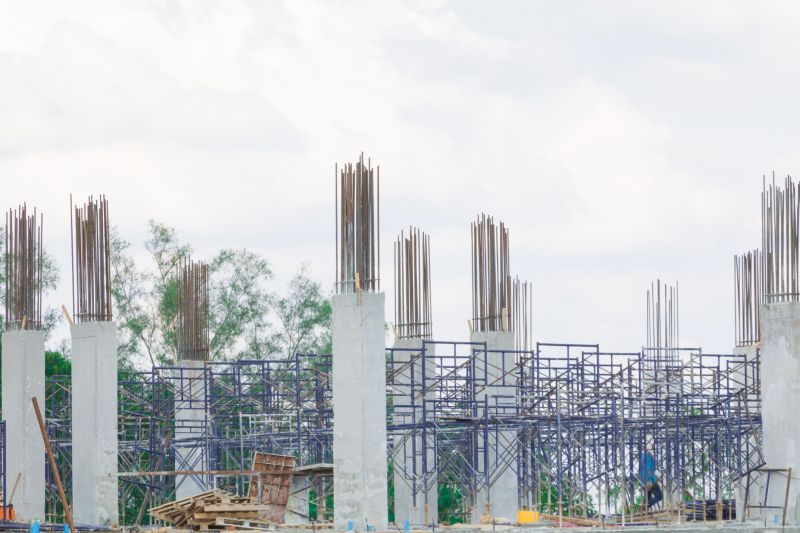
Lifting and stabilizing a foundation with piers.
For property owners considering foundation repairs, timing is a crucial factor. Planning repairs during favorable seasons can lead to more effective results and longer-lasting solutions. If interested in scheduling foundation work, filling out the contact form provides a convenient way to explore options and receive professional guidance.

